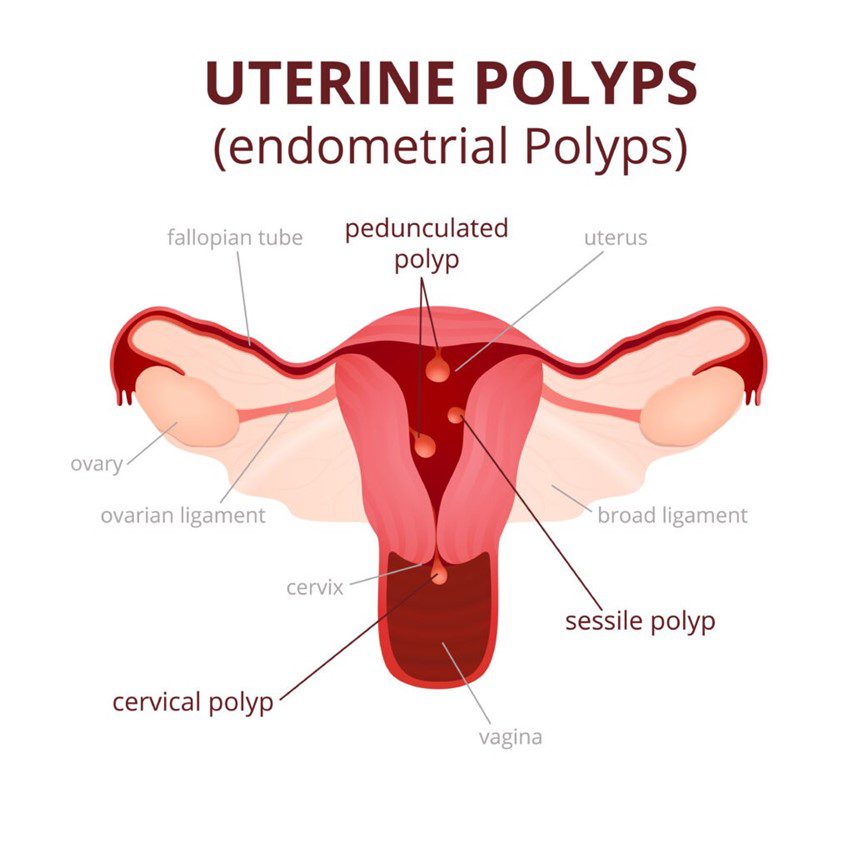Menopause the messy bits

From flash floods to fibroids & polyps – menopause can be messy. Dr Carys Sonnenberg explains.
We women go through a lot around menopause and our hormones play a big role in quite a few of them. Our periods can change. They can become lighter, heavier, closer together or further apart – of a combination of all of these. Beyond the irregular bleeding there can be flash floods of heavy bleeding or even unexplained bleeding.
Then there are conditions like Endometriosis, or adenomyosis that can cause heavy bleeding and pain. and that’s not all, there are fibroids, polyps and vaginal dryness that can be sources of bleeding. And all of them have something in common – our hormones – oestrogen in particular.
According to Dr Carys Sonnenberg, GP and menopause expert, around 50% of women experience very heavy periods that can occur out of the blue.
And she says women end up going to extraordinary lengths to cope with the unexpected deluge by wearing darker clothes, carrying changes of underwear or even complete changes of clothes, just in case they are struck with a flood unexpectedly.
But, she says, we shouldn’t simply put up with heavy bleeds as there are things that can help. (Watch the video to hear more!)
Dr Sonnenberg says there are various treatments for heavy bleeding that you GP can advise you on.
They include:
- some types of contraception, such as an intrauterine system (IUS) like the mirena coil, or the combined contraceptive pill
- medicine to help reduce the bleeding, such as tranexamic acid
- certain non-steroidal anti-inflammatory painkillers, such as mefenamic acid or naproxen
- a course of progesterone.
If you have had prolonged heavy bleeding your doctor may order a blood test to make sure you’re not anaemic.
Dr Sonnenberg says if you are on oestrogen you must have progesterone to protect the lining of your womb and it needs to be proportionate to your dose of oestrogen.
Bleeding after sex?
This is also a common cause of bleeding in menopause and perimenopause. The cause – vaginal atrophy. As the walls of the vagina and the skin on the labia (external genitalia) thin, anything that irritates can cause bleeding.
The good news is there is a lot that can be done to help including taking HRT either topically using creams or pessaries, or systemically with pills, gels, sprays or patches. Some women need both.
Using a good quality lubricant during sex may help as well and there are vaginal moisturisers. Make sure the pH is around the 4 mark and that they don’t contain any scents/fragrance or glycerin if you’re prone to thrush.

What about Polyps?
Polyps can occur in the womb/uterus or the cervix. While being diagnosed with one may be a cause some concern the vast majority of them are benign, but they can be a source of irregular bleeding or heavy bleeding during bother periemenopause and post menopause.
Risk factors for developing uterine polyps include:
- Being perimenopausal or postmenopausal
- Being obese
- Taking tamoxifen (a drug therapy for breast cancer)
- Taking HRT for menopause symptoms.
But that doesn’t mean you can’t have HRT – you can – again progesterone is important here.
Sometimes polyps resolve on their own but they are usually removed quite easily and are sent away for biopsy to make sure they are benign.
What about fibroids and HRT?
Fibroids are growth that can occur inside the uterus, in the uterine wall or outside of the uterus. Like cysts, they are very common and often women have no idea they have them until they’re picked up on a scan. Sometime though, they can bleed.
Fibroids usually occur during the reproductive years between 16-50, as hormones, particularly oestrogen, can influence their growth. After menopause they usually shrink away – but if you’re on HRT they may not disappear quite so quickly. Some studies show that fibroids tend to reduce in size within a couple of years of starting the HRT. Making sure you have progesterone in your regime is important as it can help control bleeding.
So, you can still have HRT but if you are prone to fibroids this is something you should make your doctor aware of.
Generally fibroids don’t need to be removed unless they are particularly large as there are various other treatments that can help reduce their size.

fibroids
What about endometriosis and andenomyosis?
Endometriosis is a painful condition where tissue from the lining of the womb is found outside of the uterus and every month they bleed just like your period. This causes inflammation and scarring and pain. Back pain, sciatica, heavy bleeding are some of the symptoms that go with it, depending on where the bleeding occurs.
In andemoyosis the endometrial tissue is in the uterine wall or on the outside of the uterus.
In both cases progesterone plays an important role in the management as Dr Sonnenberg, even if you’ve had a hysterectomy as there may still be endometrial tissue in other areas that can bleed and cause pain. The contraceptive pill can be useful or if you’re on HRT making sure there is a progesterone component is vital.
Please remember: If you have unexplained bleeding it is vital that you get it checked by your doctor.

